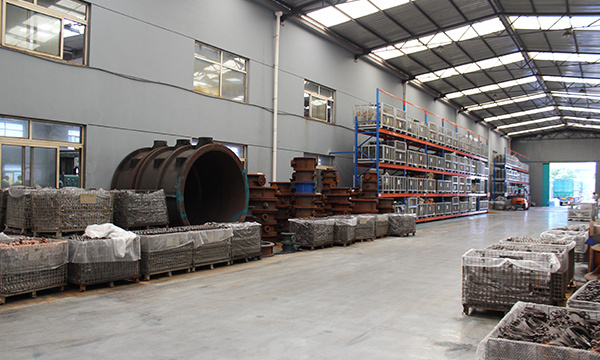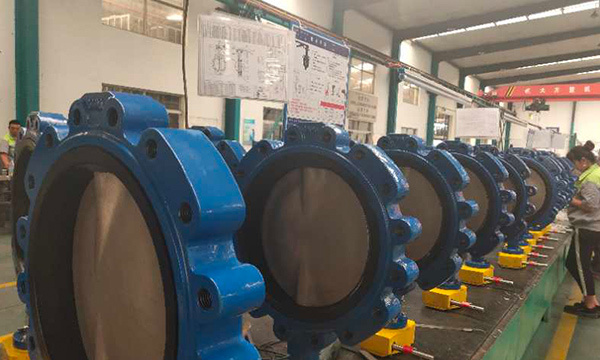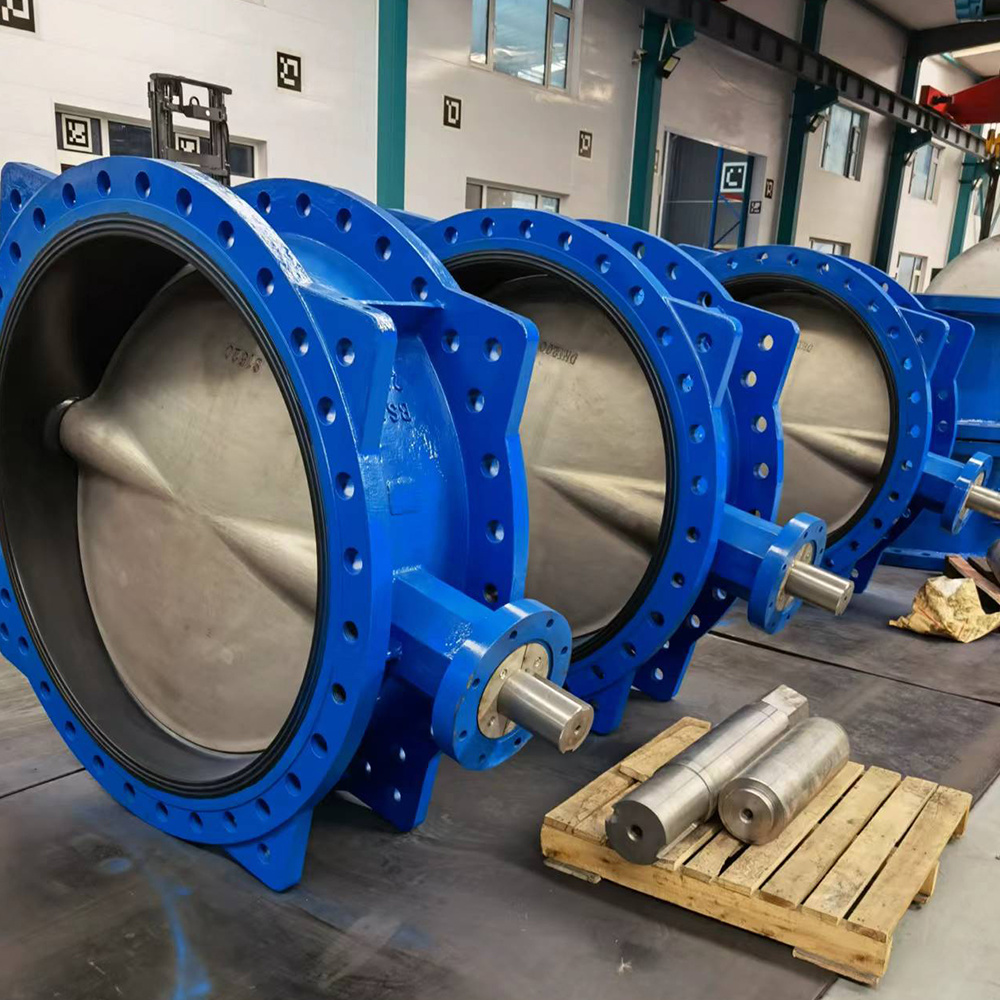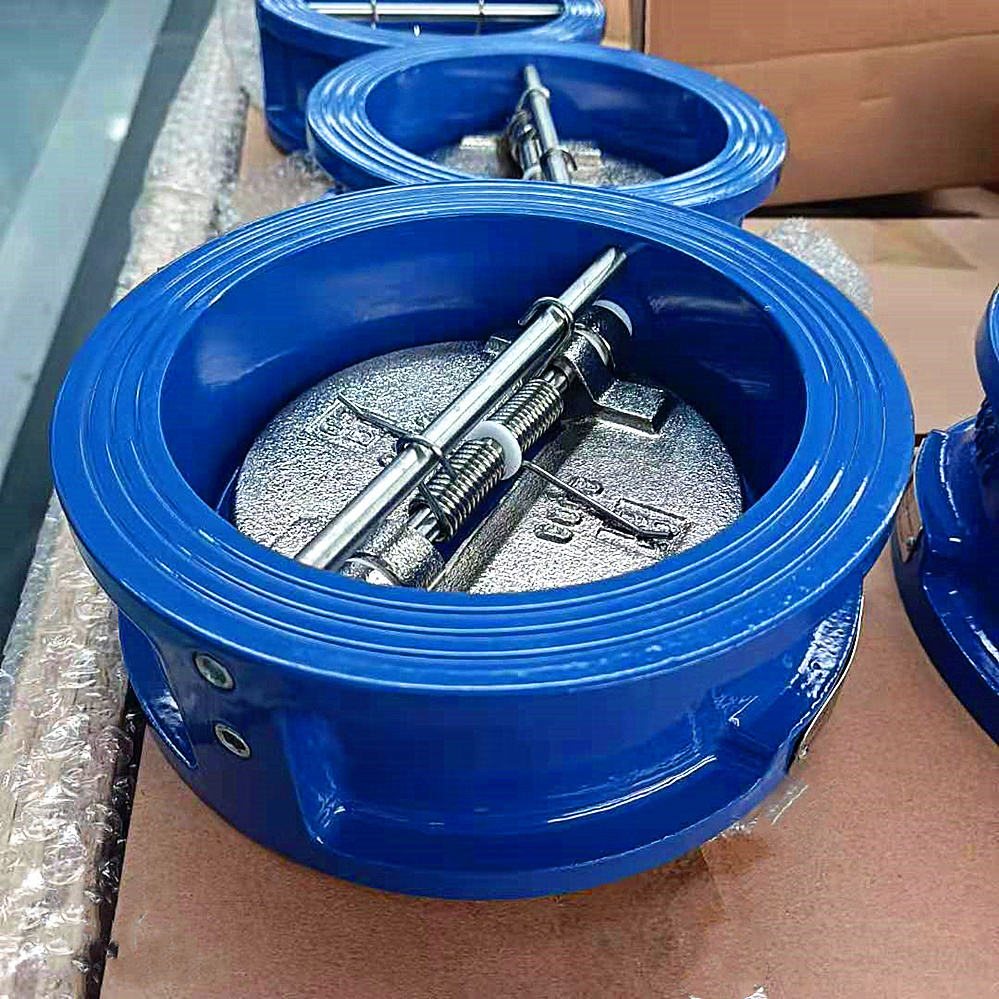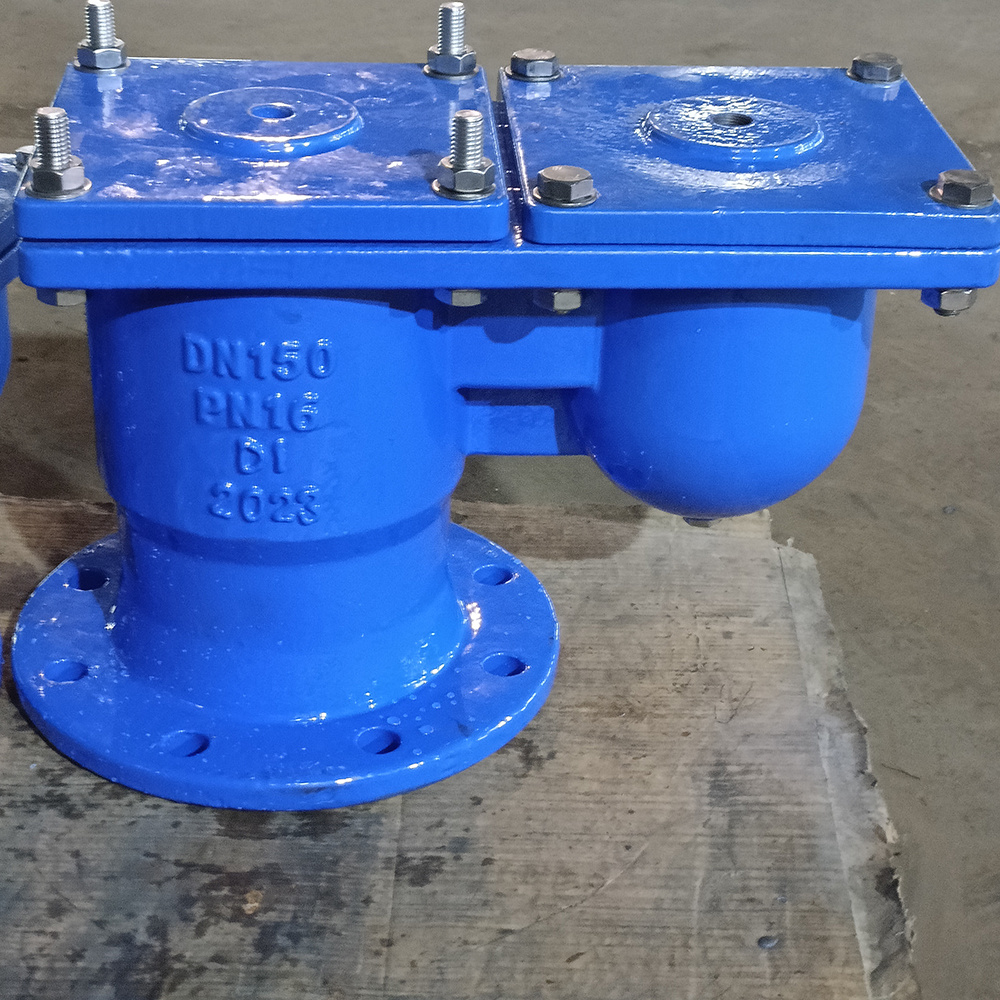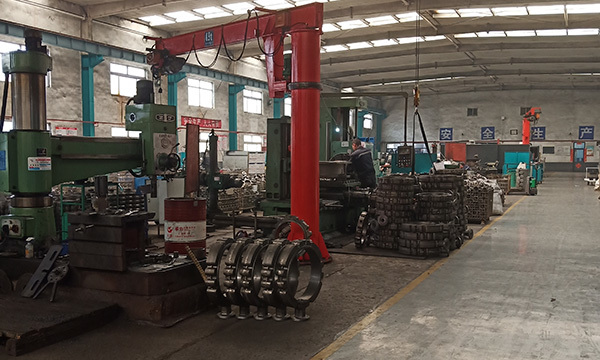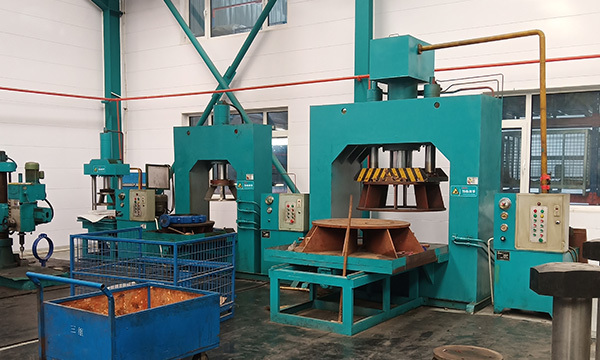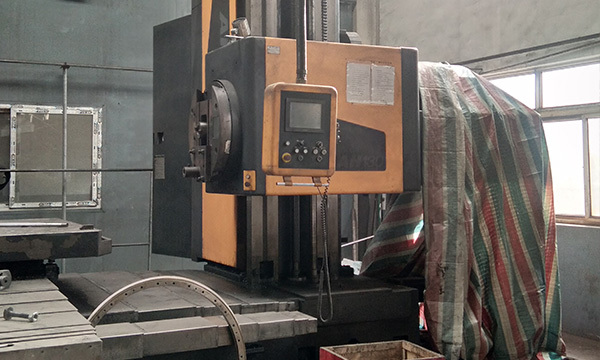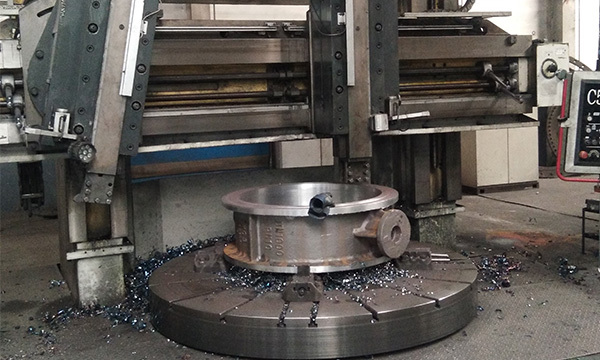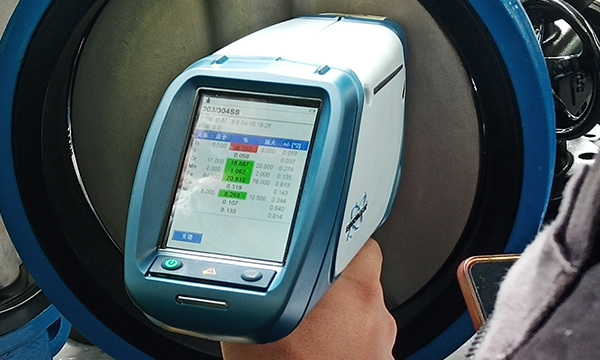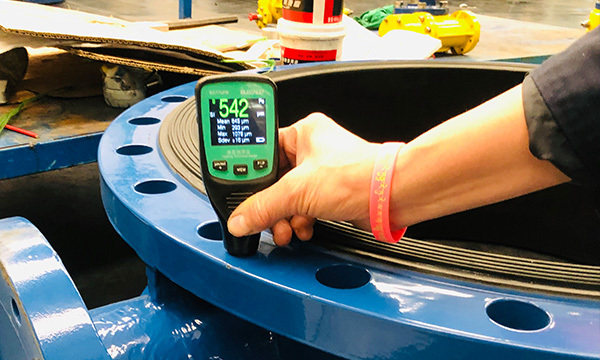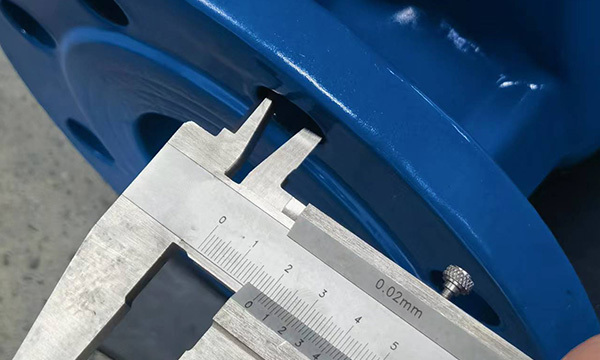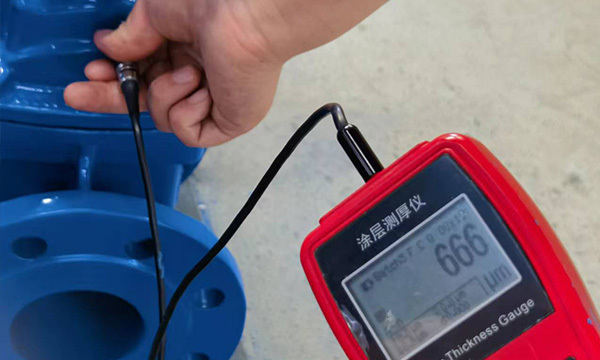The Essential Guide to Wafer Butterfly Valves: Understanding Their Role in Industrial Applications
2025-06-27
Wafer butterfly valves are increasingly becoming a staple in the industrial equipment and components sector, particularly within the realm of valve technology. These valves are designed to control the flow of fluids through a system, making them essential for a variety of applications. Their unique design features a disc that rotates to either allow or restrict flow, which differentiates them from other types of valves.
One of the primary advantages of wafer butterfly valves is their compact design. Unlike traditional gate or globe valves, which can be bulky and require significant space, wafer butterfly valves occupy minimal space. This makes them ideal for installations where space is at a premium, such as in pipelines or compact equipment setups. The wafer design also allows for easy installation between flanges, minimizing the need for additional mounting hardware.
Another significant benefit of wafer butterfly valves is their lightweight construction. This feature not only makes handling and installation easier but also reduces the overall weight of the piping system, which can be particularly advantageous in overhead applications or structures that cannot support heavy equipment.
When it comes to performance, wafer butterfly valves exhibit excellent flow characteristics. The design allows for a relatively unrestricted flow path, which reduces pressure drop across the valve. This efficiency is crucial in maintaining system performance, particularly in processes that require precise flow control. Additionally, wafer butterfly valves are capable of handling a variety of media, including liquids, gases, and slurries, making them versatile in different industrial settings.
Durability is another important consideration. Wafer butterfly valves are available in a range of materials, including cast iron, stainless steel, and various plastics. Choosing the right material is essential based on the media being handled and the operating environment. For instance, stainless steel valves provide excellent resistance to corrosion, making them suitable for harsh environments.
However, when selecting a wafer butterfly valve, it's essential to consider factors such as size, pressure rating, and temperature limits to ensure that the valve meets the specific requirements of your application. Additionally, regular maintenance is necessary to ensure optimal performance and longevity. This includes checking for wear and tear, ensuring seals are intact, and that the valve operates smoothly.
In conclusion, wafer butterfly valves are a critical component in the field of industrial equipment and components. Their compact design, lightweight nature, and efficient flow capabilities make them an excellent choice for various applications. As industries continue to evolve, understanding the benefits and considerations associated with wafer butterfly valves will be vital for optimizing system performance and ensuring operational efficiency. By making informed decisions regarding their use, organizations can significantly enhance their processes and achieve greater reliability in their fluid control systems.
One of the primary advantages of wafer butterfly valves is their compact design. Unlike traditional gate or globe valves, which can be bulky and require significant space, wafer butterfly valves occupy minimal space. This makes them ideal for installations where space is at a premium, such as in pipelines or compact equipment setups. The wafer design also allows for easy installation between flanges, minimizing the need for additional mounting hardware.
Another significant benefit of wafer butterfly valves is their lightweight construction. This feature not only makes handling and installation easier but also reduces the overall weight of the piping system, which can be particularly advantageous in overhead applications or structures that cannot support heavy equipment.
When it comes to performance, wafer butterfly valves exhibit excellent flow characteristics. The design allows for a relatively unrestricted flow path, which reduces pressure drop across the valve. This efficiency is crucial in maintaining system performance, particularly in processes that require precise flow control. Additionally, wafer butterfly valves are capable of handling a variety of media, including liquids, gases, and slurries, making them versatile in different industrial settings.
Durability is another important consideration. Wafer butterfly valves are available in a range of materials, including cast iron, stainless steel, and various plastics. Choosing the right material is essential based on the media being handled and the operating environment. For instance, stainless steel valves provide excellent resistance to corrosion, making them suitable for harsh environments.
However, when selecting a wafer butterfly valve, it's essential to consider factors such as size, pressure rating, and temperature limits to ensure that the valve meets the specific requirements of your application. Additionally, regular maintenance is necessary to ensure optimal performance and longevity. This includes checking for wear and tear, ensuring seals are intact, and that the valve operates smoothly.
In conclusion, wafer butterfly valves are a critical component in the field of industrial equipment and components. Their compact design, lightweight nature, and efficient flow capabilities make them an excellent choice for various applications. As industries continue to evolve, understanding the benefits and considerations associated with wafer butterfly valves will be vital for optimizing system performance and ensuring operational efficiency. By making informed decisions regarding their use, organizations can significantly enhance their processes and achieve greater reliability in their fluid control systems.
Wafer butterfly valve


